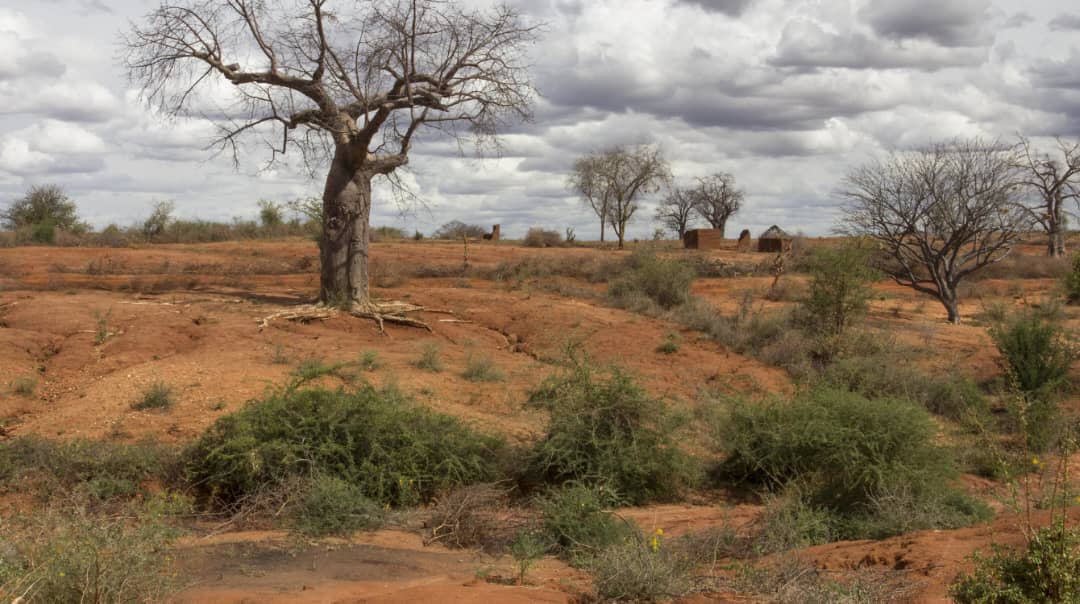On June 17, 2025, Cameroon joined the global community in commemorating World Day to Combat Desertification and Drought. The commemoration of this day comes at a critical moment, as the country faces an escalating environmental crisis: desertification.
Once largely confined to the country’s northernmost regions, this crisis is now steadily advancing into the Northwest, West, and East Regions, posing a grave threat to livelihoods, food systems, and ecological stability.
Decades of deforestation, overgrazing, and unsustainable agricultural practices have transformed once fertile lands in the Far North, North, and Adamawa Regions into arid, cracked expanses. These problems are being intensified by rapid population growth and climate change, leading to widespread soil degradation, compromised water supplies, and increasing food insecurity, putting millions at risk.
Dr. Ibrahim Maloum, a seasoned ecologist and environmental researcher based in Garoua, reports that natural vegetation cover in parts of the northern region has declined by up to 60 percent over the past two decades. “Entire communities are being displaced by failing farmlands and dwindling water sources,” he warns.
In response to the growing crisis, both international and local NGOs have launched initiatives, including reforestation projects, the promotion of zai pit farming techniques, and community sensitisation campaigns. However, the scale and speed of land degradation continue to outpace current solutions, underscoring the urgent need for more robust and coordinated interventions.
Northwest, West Regions Feeling the ‘Heat’
What were once considered highland safe zones are now showing worrying signs of environmental stress. The Northwest and West regions are experiencing rising levels of soil erosion, deforestation, and the loss of key water catchments.
“The overuse of eucalyptus and the destruction of wetlands for farming have left the land fragile,” explains Tantoh Derick, Chief of Service at the Northwest Regional Delegation of the Ministry of Environment, Protection of Nature and Sustainable Development, MINEPDED.
“We are seeing more floods during the rainy season, and then total dryness when we need water the most,” he adds.
In the West Region, the once-forested Mount Mbam landscape, which spanned over 12,000 hectares, has been severely degraded. Unchecked farming, deforestation, bush burning, and intensive fuelwood harvesting have transforming the area into a bare land. The Divisional Officer, DO, of Bangourain Subdivision, Ndi Jules Patrick, underscores the urgent need for collective actions against environmental degradation in the Mount Mbam area.
“Bush burning and deforestation are becoming more frequent, further degrading the land and water sources. Let us collaborate and support Voice of Nature (VoNat)’s plans to restore this degraded landscape, our soil, and the water sources that are drying up every day,” the DO recommends.
Cameroon stands at a critical crossroads. As desertification creeps southward from the Sahelian north into the country’s once green highlands and forests, it threatens not only ecosystems but also the stability of agriculture, rural livelihoods, and peace.
Land restoration must be placed at the heart of national climate resilience strategies. It is not merely an environmental issue, it is central to food security, sustainable development, and the long-term well-being of communities across the country. The time for action is now.
By Ndimuh Bertrand Shancho,
Conservationist/Journalist
Executive Director, Voice of Nature (VoNat)

